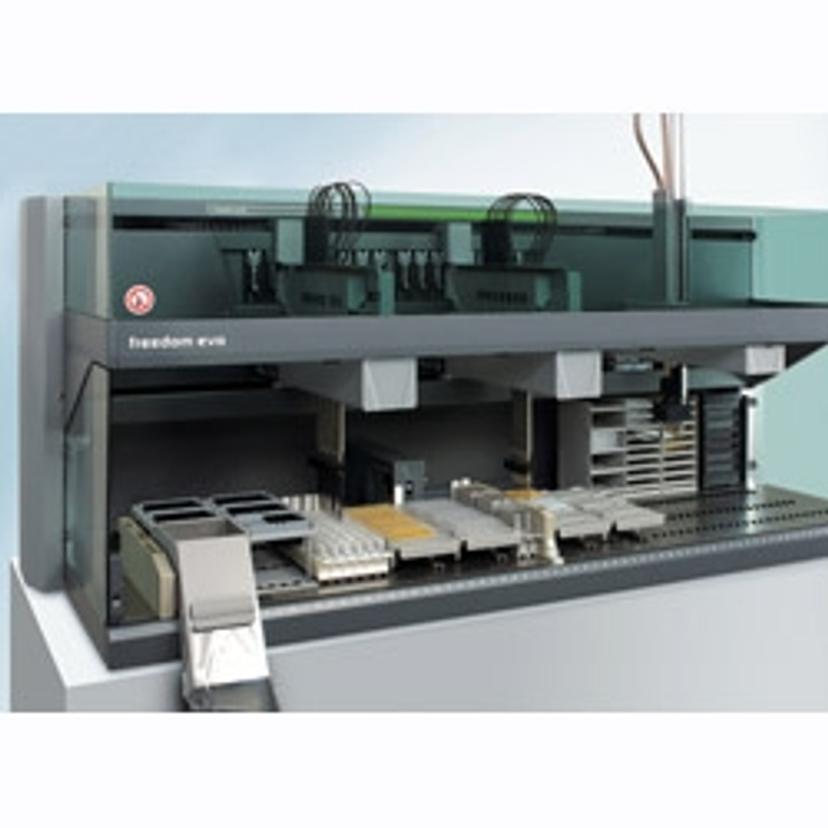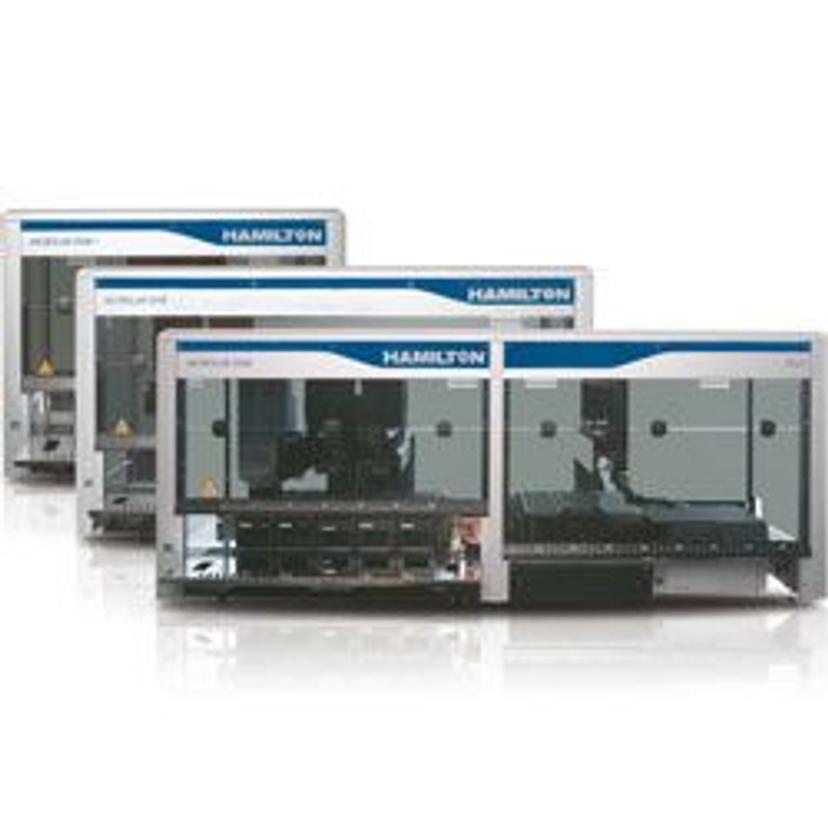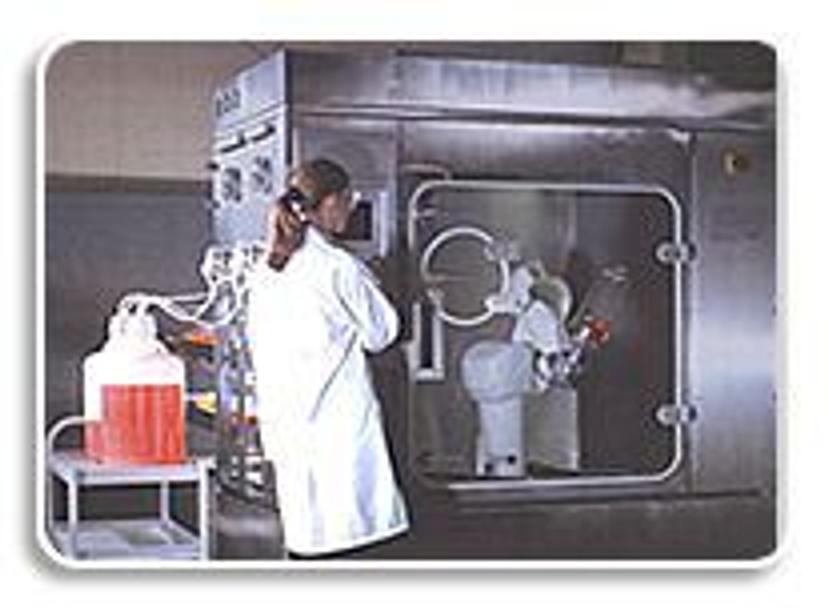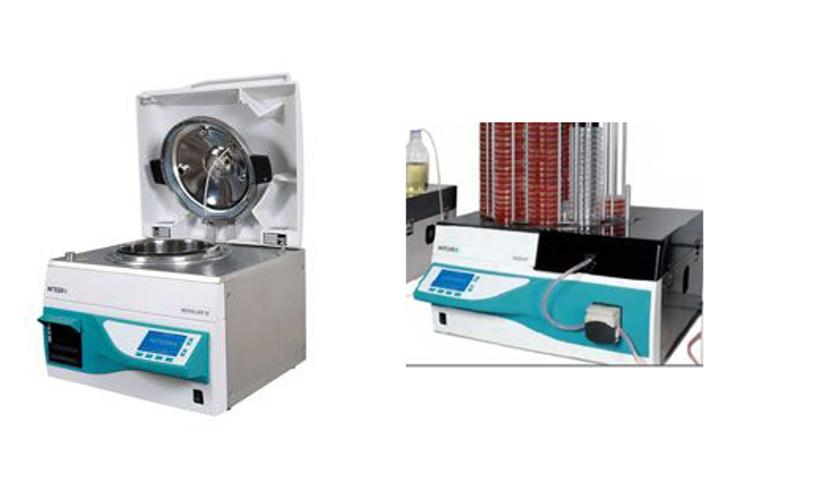How to Improve Your Cell Culture Success
Solutions for your cell culture workflow
9 Feb 2015
Maximize your cell culture success with the latest technologies and top tips
Find out how you can improve your cell culture workflow with these top tips. Read about the latest technologies available to help you maximize your cell culture success.
1. Organize Your Lab Workflow
Cell culture instrumentation should be organized and arranged within the laboratory to optimize your workflow. Cell culture laboratories can often include a number of potentially bulky instruments with a number of users with differing projects. By optimizing your laboratory layout to improve cell culture workflow, you can enable greater utilization of equipment whilst reducing the risk of contamination, breakages and accidents. There are a number of considerations to be made for each instrument in the laboratory, from frequency of use to position within the cell culture process. Watch the video by Eppendorf on workflows and complete cell culture solutions.
2. Improve Efficiency with Laboratory Automation and Time-Saving Technologies
Automated solutions in the laboratory can increase your success with cell culture while improving efficiency. Automated systems aid with sample preparation and production while reducing the margin of error seen with manual tasks. Productivity can be easily increased by employing high-throughput and walk-away systems, freeing up additional time for laboratory workers to continue with other aspects of their research. There are a range of workstations and automated systems available to meet the requirements and output scale of your laboratory, whether small or large. It is important to find the right automation system for your laboratory needs, with specialized cell culture systems and automation equipment available in different sizes for a variety of production scales.
Time-saving technologies can be a cost effective way to improve your lab’s efficiency. One example is Thermo Fisher Scientifics’ Pluripotent Stem Cell Media. This media eliminates the need for daily culture feeding, reducing the risk of culture contamination and variability. Use of this media provides greater flexibility with time management without compromising culture quality. To read more about Thermo Fisher Scientifics’ Pluripotent Stem Cell Media, click here.
The scaling-up of cells is necessary for many cell-based applications and can be achieved with some simple yet effective technologies. When a large number of cells are required, single-layer T-flasks often become inadequate and time-consuming. Falcon® Cell Culture Multi-Flasks offer a cost-effective, time-saving solution for cell culture scale-up. These cell-culture vessels facilitate the scaling-up of cells from single-layered T-flasks. Find out more about the performance of Falcon® Cell Culture Multi-Flasks in this application note.
Tecan’s Freedom EVO® Series offers versatile liquid handling platforms and flexible robotic workstations serving a full range of life science and drug discovery applications, including cell cultures. The advantages of automated stem cell culture using Freedom EVO® equipment is detailed in an application note, click here to read more.
Tecan offers the Freedom EVO® platform in four different base sizes (75, 100, 150 and 200 cm). Each platform can be combined with a wide choice of robotic arms, liquid handling tools and application options powered by simple software to meet individual needs, whether small or large. To find out more, click here.

For large applications,Hamilton Robotics has released the MICROLAB® STAR Automated Liquid Handling Workstation, which can greatly aid large-scale automation of cell culture media. The system can reliably and accurately process up to 20,000 (200 96-well plates) pre-formulated cell culture media, component combinations or individual components in solution. To find out more, click here.

Another example of large-scale automation is the Cellmate - Cell Culture System by TAP Biosystems. Cellmate fully automates cell culture processes from lab bench to high-volume. It is an established system that can greatly reduce process development time, improve consistency of product and allow scale-up without any changes to the process. Read more about Cellmate Cell Culture System by clicking here.

3. Decrease the Risk of Cell Culture Contamination
In addition to an optimized workflow and employment of efficient and accurate automation systems in the laboratory, other instruments can be utilized to help prevent contamination of cell cultures. The following Eppendorf video provides some useful information on how to prevent contamination in daily cell culture work. You can also watch this SelectScience webinar for tips and tricks on how to prevent cell culture contamination.
There is a range of equipment available to minimize manual intervention and therefore contamination risk. For example, Corning® 96- and 384-well Spheroid Microplates are designed to enable culture and assay/imaging of spheroids in the same microplate. This removes the need to transfer spheroids to a new plate, limiting cell handling. Watch Kimberley Titus, Corning Life Sciences, present the Corning® 96- and 384-well Spheroid Microplates in this SelectScience video interview.
A common contaminant of cell culture is Mycoplasma – a genus of small bacteria which are resilient and often difficult to detect. Detection of Mycoplasma is therefore important to prevent cellular changes or destruction of cell lines. The CLARIOstar® Microplate Reader from BMG Labtech can quickly detect this bacterial contamination in multiple cell cultures, saving time and preventing further contamination within the lab. Read this application note to find out more about this technology.
Another example of equipment designed to reduce contamination risk is INTEGRA’s MEDIAJET Petri Dish Filler - a reliable, compact, walk-away media filling system that offers unique flexibility to fill petri dishes and test tubes of various sizes. The Institut Curie, a world leader in oncology research, has promoted the standardized use of INTEGRA’s MEDIAJET System and the MEDIACLAVE 10 Media Sterilizer within their research laboratory. Read more by clicking here. The article reports that The Institut Curie produce around 800-1000 dishes per week with no contamination as a result of using these efficient, automated systems which limit the need for manual intervention and provide effective sterilization of media. To find out more about the MEDIAJET System, click here and for the MEDIACLAVE 10 Media Sterilizer, click here.

INTEGRA's MEDIACLAVE and MEDIAJET Systems
Keep up-to-date with the latest cell culture technologies and techniques here, or sign up free to SelectScience to receive alerts direct to your inbox.

